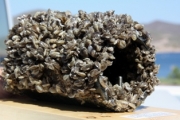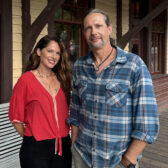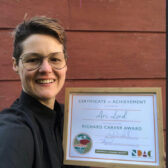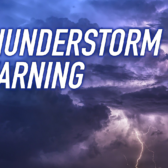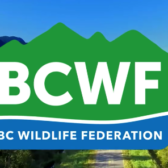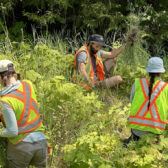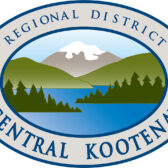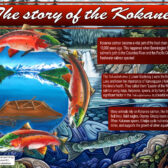Clean-Drain-Dry
by Melissa Brieter,
on behalf of Central Kootenay Invasive Plant Committee
August is the height of summer for those of us in the Kootenay region, and by this time, most of us have taken countless hours of refuge in the cool waters of our lakes and rivers.
Boating is such a common practice during the summer months that it would be unusual, and strange, to see a lake unadorned by these vessels in our region.
However, how many of us know the invasive species lurking about in our waters?
Or even that there were such things?
What if I told you that boating and swimming might one day turn into a distant memory if invasives, such as zebra and quagga mussels, were to infiltrate our waters?
I think I speak for everyone when I say, no thank you!
Zebra and quagga mussels are an invasive aquatic species that pose a serious threat to the biodiversity and fisheries of any water system.
An impact of zebra and quagga mussels is to reduce the amount of food available for native fish, such as salmon and trout, as well as a vast variety of other organisms. Some species that are dependent on plankton, for example sockeye salmon and kokanee, could be severely depleted if these mussels become established in BC’s lakes and rivers.
Another, and very important problem, of this species of invasive mussels is that they deplete the natural balance of algae, leading to higher concentration of blue-green algae.
As the Invasive Species Council of British Columbia (ISCBC) states, “high levels of blue-green algae can become toxic to aquatic life, can cause taste and odor problems in drinking water supplies, and can be very unpleasant for recreational users.”
Since these pesky aquatic creatures originate from Eurasia, they have no known predators to keep them under control in Canada. Since arriving in North America during the mid-1980s, they have spread rapidly throughout the Great Lakes in Ontario, Quebec, and over 20 US states as well.
By attaching and colonizing themselves on boats and other water equipment such as; engines, hulls, and steering components this devastating invasive species have spread almost without hindrance.
Luckily for us in the Kootenays, as well as the rest of BC, these aquatic hitchhikers have not yet been detected in our pristine waters, although monitoring activities in BC have been quite limited in regards to this species. However, there is much we can do to help prevent these mussels from ever entering our area.
The Central Kootenay Invasive Plant Committee (CKIPC) urges all boaters to clean, drain, and dry their boats and water equipment on dry land before and after entering any water bodies to remove any visible mud, plants, or fish.
As well, if a boat has come from a known or suspected mussel-infested area, it must be completely drained and allowed to dry for 30 days before entering a new body of water.
Our sparkling and clean lakes, rivers, and streams are perhaps one of our most glorious advantages to living in the Kootenay region.
Whether it is fishing, boating, or swimming I’m sure there are few that can say they do not utilize our waters for recreational purposes in some way. Therefore it is up to us to make sure we are protecting this part of our landscape from future invasive species.
Perhaps Crystal Klym, Executive Director for CKIPC, said it best, “an ounce of prevention is worth a pound of cure. By preventing these species from entering our lakes and rivers, we can save millions of dollars in impacts in the future.”
You can help stop the spread of invasive species! For more information please visit the website:


